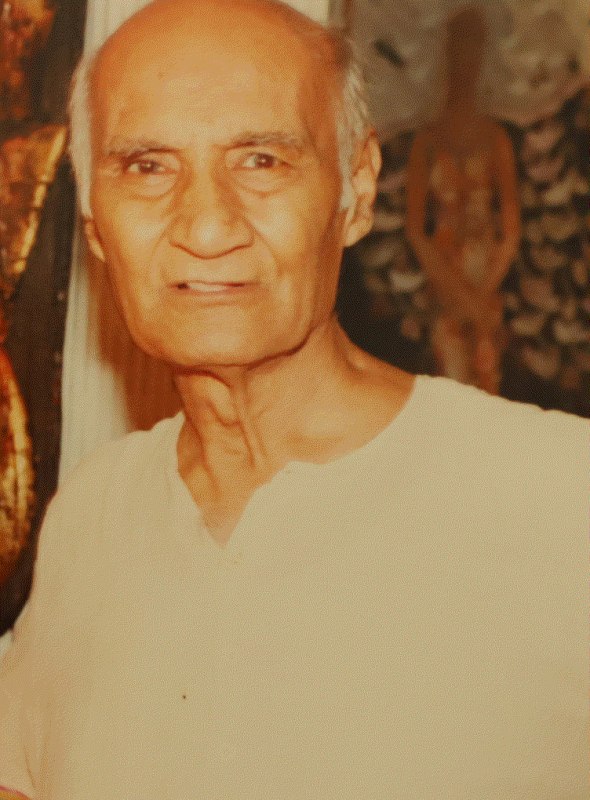One of India's foremost abstractionists, Bimal Das Gupta is best known for creating abstract works in the difficult medium of watercolours, besides oils or acrylics. Among the pioneers of abstraction in India-some of his earliest works in the genre date to 1940s-he also introduced hitherto unknown techniques of mixing different media innovatively.
Born in 1917 in Bengal, Das Gupta was brought up in Behrampur at the family mansion as his father, who worked with the colonial government, had a transferable job. Later, Das Gupta studied at Calcutta's College of Arts and Crafts. When his college classes got suspended due to the Second World War, he worked briefly at the colonial war office in New Delhi. A British officer at the war office, impressed by his painting skills, sent him to Calcutta as assistant art director of the war office's magazine, Victory. Soon thereafter, he shifted permanently to New Delhi, where he started working with Dhoomimal Gallery, becoming one of the earliest artists to be associated with the oldest gallery of the country. He had a brief stint with the government's Directorate of Advertising and Visual Publicity (DAVP) as well.
Later, Das Gupta taught at the College of Art, New Delhi, for 14 years. Though known for experimenting across mediums, styles, and genres, his lifelong leitmotif remained nature, which he explored through different genres and mediums in different stages of his career.
He is remembered by the art fraternity foremost as a gentleman, and a simple and nice human being, whose generosity included distributing painting material to young artists who needed it, and even gifting his own, valuable paintings.
Among others, he played an important role in launching the career of Paresh Maity in New Delhi. Das Gupta passed away in a car crash in 1995, in which his wife, daughter and son-in-law also perished, just years before the market economics would change the Indian art scenario forever.
In November 2024, Dhoomimal Gallery, along with Gallery Silver Scapes, held the biggest retrospective of the artist ever, featuring works from the late 1930s to 1995, at an exhibition in New Delhi.
